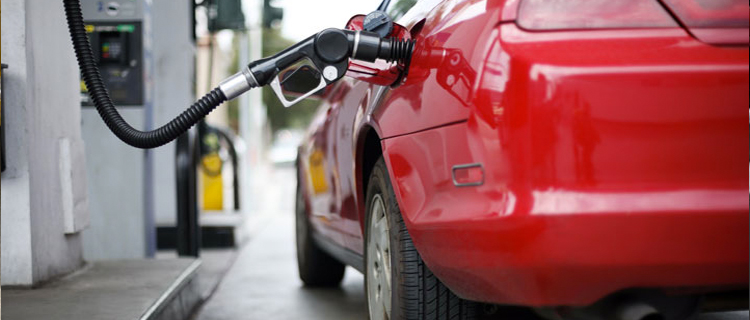TRAC Research Review: What Are The Best Car Tires For Fuel Economy?
February 22, 2021
Tires

Today’s post discusses the pros and cons of fuel-efficient tire design, then reviews the Tire and Rubber Association of Canada’s top picks for the best car tires for fuel economy—all of which you’ll find at your local TIRECRAFT.
Read on or contact your local TIRECRAFT to get personalized recommendations straight away.
What Makes Tires Fuel-Efficient?
Fuel-efficient tires vary widely in style and design, but one thing they all have in common is low rolling resistance.
But what is rolling resistance? Sometimes known as “tire friction,” rolling resistance refers to the energy that your vehicle needs to send to your tires to maintain movement at a consistent speed on the road (or whatever surface off-roaders find themselves on). Put another way, rolling resistance is the effort required to keep your tires rolling. The more rolling resistance there is, the harder your car has to work. The main contributor to rolling resistance is hysteresis, which Bridgestone tire manufacturers describe as “the energy loss that occurs as a tire rolls through its footprint.” This energy loss must be overcome with pure engine power, which burns up fuel.
Rolling resistance cannot be avoided, but it can be greatly reduced. Fuel-efficient tires, otherwise known as low rolling resistance tires, are engineered with specially formulated tread compounds that resist heat and minimize tire deflection to reduce energy loss due to hysteresis.
What Are The Benefits And Drawbacks Of Fuel-Efficient Tires?
The most obvious benefit of buying tires with low rolling resistance is the money you save on gas. One study cited by Bridgestone manufacturers showed that fuel-efficient tires can provide as much as a 10% reduction in fuel costs for drivers, with the average rate measured between 3-4%. And while 3-4% might not sound like much, it adds up over time, resulting in substantial gas savings.
Better still, the savings provided by fuel-efficient tires go hand-in-hand with serious environmental benefits, as low rolling resistance helps to reduce consumption of fossil fuels and decrease the volume of emissions generated by your vehicle each year.
But as the old saying goes, there’s no such thing as a free lunch. To reduce rolling resistance, fuel-efficient tires typically have to give up some tread depth, which decreases their traction and tread life.
What Are The Best Car Tires For Fuel Efficiency?
To find the best car tires for fuel efficiency, contact your local TIRECRAFT expert. We’ll consider your unique driving habits, vehicle type, budget, and preferences, then create a shortlist of recommendations that fit the bit.
That said, the Tire and Rubber Association of Canada recently published their Fuel Saving Tire Buying Guide, which may be of use to first-time buyers looking to narrow down their choices before their consultation. Therein, TRAC lists the following top-5 picks:
- The Bridgestone Ecopia
- The Hankook Optimo H426
- The Goodyear Assurance Fuel Max
- The Toyo Versado Eco
- The Yokohama Avid Ascend
You can find all 5 of TRAC’s top picks at your local TIRECRAFT, alongside a huge selection of all the best car tires for fuel economy.
To begin your free consultation, and get a same-day quote on any set of low rolling resistance tires, contact your local TIRECRAFT.
Back

